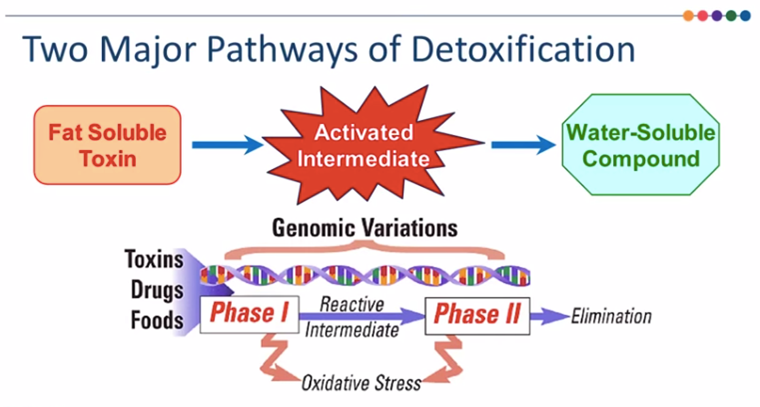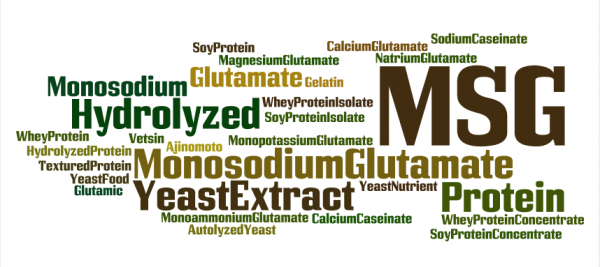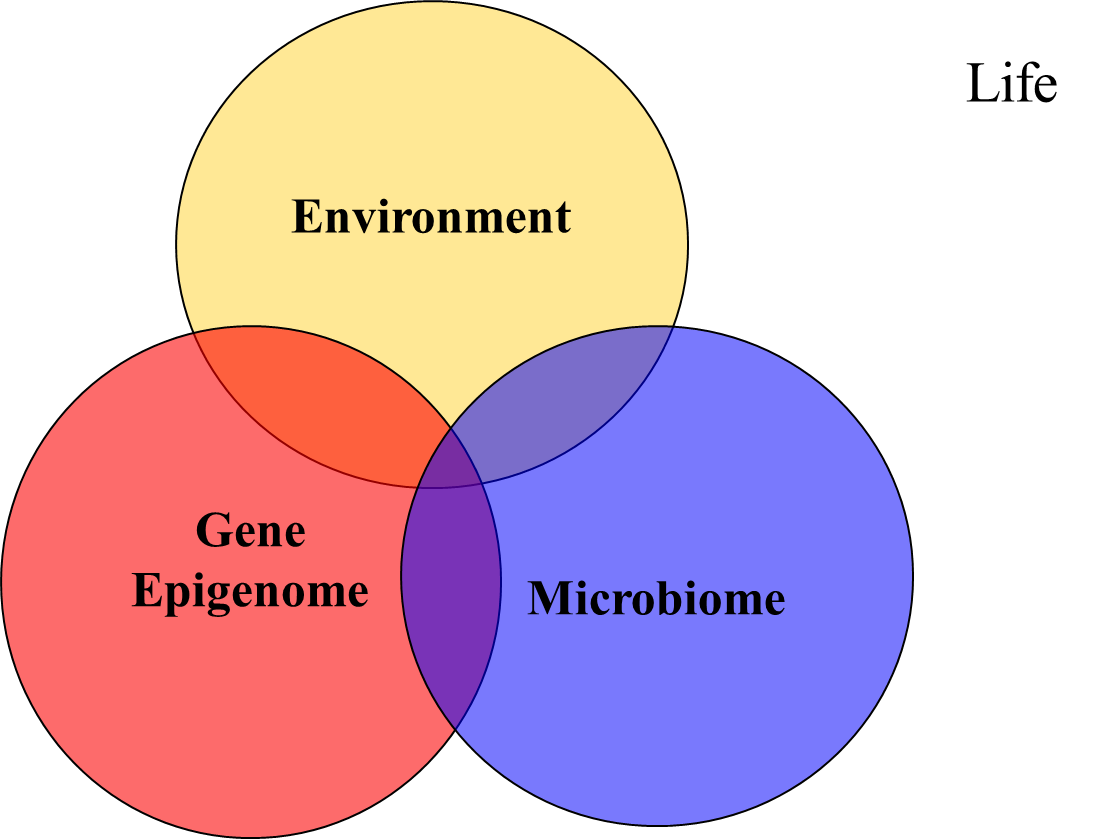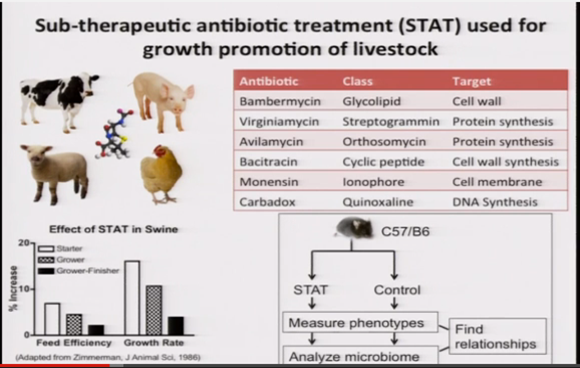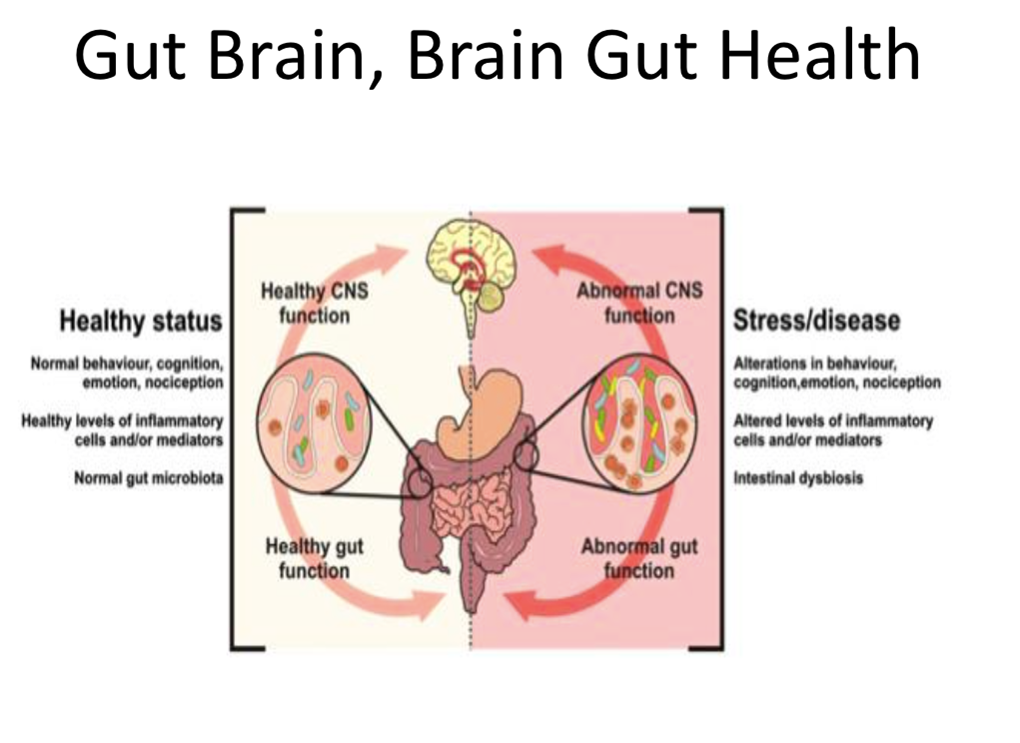Lecture by Mark Pettus transcribed by Carolann Patterson
“Direct your eye inward and you’ll find a thousand regions in your mind yet undiscovered. Travel them and be expert in home-cosmography.” - Henry David Thoreau
Learning objectives for this lecture are to:
- Review the concepts of allostasis and allostatic load.
- Connect the burden of allostatic load with a biologic basis for chronic complex medical disease.
- Review strategies for reducing allostatic load, reducing disease risk, and promoting health.
al·lo·sta·sisˌ aləˈstāsis/: noun. 1. the process by which the body responds to stressors in order to regain homeostasis.
Allostatic Load and Health
Our brain weighs 3 pounds and contains trillions of neurons and wired connections. Our brain is the interpreter of all environmental inputs in our lives. The brain is not geared toward accuracy. It is geared toward SURVIVAL…and sometimes, it doesn’t interpret signals in the right way….
1 out of 2 Americans currently has a chronic complex disease. 1 out of 4 has a meaningful disruption in their lives. This is the result of The Contemporary Convergence, where the Gene-Epigenome + Environment + Microbiome = Outcome, an outcome that is equal to how the outside gets inside us. The outcome sends clear signals that Health is not just a matter of DNA...
The science of epigenetics reveals how the choices we make can change our genes – and those of our kids [John Cloud, Time magazine January, 2010].
Allostasis is the ability to achieve stability through CHANGE... Your DNA is therefore not your destiny.
Health is a byproduct of gene-environmental compatibility and so it follows:
Change Your Life:Change your Genes.
An Ancient Design in Modern Times:
The social and cultural context in which we live has moved forward at lightning speed into the 21st century. Our genetic endowment and the survival edge it brings with it are still Primitive. Our design has maintained many of the Stone Age imperatives, but life in the fast lane has not. We are not well adapted for this and we will eventually break down.
Here's how things have shifted from Ancient to Modern:
- THEN: Targeted fight-flight [quick turn off and on]
- NOW: Anxiety, fear, PTSD, depression, all chronic, complex diseases [always on]
- THEN: Energy Conservation [quick turn off and on]
- NOW: Obesity and Metabolic Syndrome [does not turn off, we are always saving for a rainy day that will never come]
- THEN: Immunity [quick turn off and on]
- NOW: Autoimmunity and allergy [constant hyper-vigilant state]
- THEN: Promotion of clotting
- NOW: Heart attack and stroke [hyper-vigilant clotting]
Three great Nobel-prize-worthy researchers in the field of Mind-Body Science:
Richard Davidson PhD, Director, Waisman Lab Neurosciences, University of Wisconsin Medical School; Bruce S. McEwen, PhD, Alfred E. Mirsky Professor, Harold and Margaret Milliken Hatch Laboratory of Neuroendocrinology, Rockefeller University; and Robert Sapolsky PhD, John A. and Cynthia Fry Gunn Professor of Neuroscience and Primatology, Stanford University
Primal Neurobiological Systems are deeply rooted, well adapted systems that are aligned throughout our body:
- Fight-Flight - [or the “stress response” as identified by Bruce McEwen]. We might not even know when it is engaged or we might sense gut discomfort or shortness of breath, but there are always high levels of reasoning behind being hi-jacked.
- Reward Response – Dopamine is our body’s reward transmitter. We receive health promoting rewards through Love, Exercise, and Mental Engagement. Equally, non-health promoting reward responses are promoted through Drug Use, Alcohol, and Sugar. It is possible to recreate a healthy reward system, by changing an unhealthy one.
- Attachment or Bonding – we are born to bond. Babies take longer to develop and the greater the bonding, the greater the chance for survival. More attachment leads to more dopamine. There is a specie tendency to be drawn in by others, but social connectivity can disrupt as much as it can heal.
An increased allostatic load yields poor health outcomes - a sudden overload of stress can create a life-threatening health crisis. Too much stress over time can also create life-threatening situations. Cardiovascular disease and depression are the top two causes of disability in the industrialized world. As many as 5 percent of Americans are experiencing symptoms of depression at any point in time. High levels of cortisol are known to decrease serotonin receptors in our pre-frontal cortex. Decreased serotonin activity in the brain is central to the feelings of despair and depression.
The Stress Response: CRH [Corticotropin Releasing Hormone] stimulates release of the adrenal corticotropic hormone [ACTH] from the pituitary gland. ACTH travels in the blood to the adrenal glands which then produce the hormone cortisol. Powerful boosts of cortisol and adrenaline inhibit higher levels of conscious thinking and increase hyper-focus on a very specific target of concern.
Thoughts [being "lost at sea"]; Behaviors [away from healthy choices]; Emotions and Feelings [fear, sadness, anxiety] are all manifestations of fight:flight that increase blood pressure, insulin, sugar, and a fatty mid-section, while decreasing memory and resilience.
We are also driven by another neurobiological system - the reward-motivation response. It is hard getting through life without the experiences that inspire, motivate and reward us with meaning and feelings of optimism, hope and joy. Resilient individuals have cultivated a reward system that is resistant to setbacks, sometimes catastrophic or chronic. Life's difficulties do not diminish their capacity to experience positive emotions. Individuals whose reward response is dampened are less likely to experience pleasure in their lives and are more prone to states of anxiety and depression. They are less resilient.
Neurotransmitters associated with the reward response include dopamine, glutamate, GABA [Gamma Amino Butyric Acid which facilitates a calming effect]. At this point, it's important to note that a behavior that elicits a reward response is not always health-promoting. Dopamine, for example, rewards carbohydrate binging as much as it does exercise.
The reward response, just like the fight:flight response can drive behaviors that bypass or diminish input from the pre-frontal cortex, which is responsible for reasoning, judgement, and emotional control.
Stressful environments are hard to over-ride, but if we change our patterns of behavior, the brain has plasticity and can learn new tricks to conform with new behavior...
Now that we know the good news - that a brain CAN learn new tricks because it has plasticity and is able to morph. The Science of Mind further demonstrates that the brain is designed for adaptation at any time in life.
Up your Game: Change your Brain - Brain Derived Neurotrophic Factor [BDNF] aka a healthy "Miracle Grow" is decreased in Depression, Alzheimer's, Epilepsy, Schizophrenia and OCD. A healthy increase in BDNF comes with Exercise, Caloric restriction combined with plant-based nutrition, Coffee [and other phytonutrients], DHA-omega 3, Curcumin-turmeric, EGCG [green tea], Meditation, Reduction in gut permeability.
Fight-Flight and the Sympathetic Tone? Get “Para” as much as you can...
Many age-related diseases come as a consequence of over-stimulation of our sympathetic nervous system, e.g. fight-flight. We have within us a built-in system to counter this response: the parasympathetic system. Turned on by meditation and relaxation techniques, this system has a calming and protective effect of decreasing heart rate, reducing brain distraction and anxiety-provoking neurotransmitters while improving metabolism. Cultivating behaviors that enhance parasympathetic tone – meditation, positive relationships, mindfulness, or listening to a beautiful piece of classical music – will serve as potent antidotes to sympathetic overdrive.
Medical evidence linking meditation with many positive health outcomes is unequivocal.
The Buddhist practice to displace a negative mindset and cultivate a positive mindset is an excellent health promoting strategy.
Evidence links positive emotional states/traits with better health outcomes.
Mind Body Stress Relief [MBSR] leads to a Reduction in Inflammatory Biomarkers. Emotional wellness increases. Inflammatory gene expression patterns down regulates; NF-kappa B * - the master switch of inflammation - gets turned off; and C-reactive protein is reduced.
* NF-κB - keep it turned off...
NF-κB is a nuclear transcription factor that is triggered by diet, stress, environmental toxins, visceral fat, infections, intestinal barrier integrity disruption, oxidized LDL, free radicals, vitamin D deficiency, altered microbiome, LPS, inflammation from other sources. It up-regulates expression of 400+ genes involved with cytokine production, cell proliferation, apoptosis, angiogenesis. Exercise, meditation, Vitamin D, Spices [e.g. turmeric] and many plant flavonoids have shown to inhibit NF-κB in vitro and in vivo. Nrf2 is the antidote to NF-κB.
Nrf2 - keep it turned on. Activation of Nrf2 is a critical intracellular defense: Exercise, Meditation, EGCG, Resveratrol, Coffee, Sulfurophane, Curcumin all boost Nrf2.
Mindfulness does a body good - Contrary to popular misconception...Mindfulness does not need to be carried out in a silent sanctuary with incense burning and soft background recordings of babbling brooks.
Mindfulness practices - meditation, prayer, yoga, relaxation response, guided imagery, biofeedback, and gratitude journals - are not deliberate attempts to detach from the busy world around us. They are the opposite, intentionally heightening awareness of each and every passing moment.
The health benefits of mindfulness include: decreased cortisol, fight:flight response and blood pressure; increased parasympathetic tone [the antidote to stress]; improved mood, concentration, pain tolerance, and resilience; decreased cardiovascular risk; and enhancedneuro-plasticity .
Motion is the Lotion - Activity and Movement neutralizes the fight:flight response. Muscle acts as a metabolic engine to decrease insulin resistance, drop cortisol levels and increase endorphins and dopamine. Movement enhances strength, resilience, balance, concentration and mood. It also decreases inflammation, cardiovascular, diabetes and cancer risk and profoundly enhances longevity and quality of life.
Meaning-Maker - Create meaning in your work, love and play. Meaning cannot be willed. It comes from Experience, Discovery, and Awareness. Meaning comes from a healthy reward response, bonding and social attachment, and the parasympathetic tone that diminishes fear and fight:flight mode.
______________________________
For more "news to use" from Dr. Pettus and the science to go with it, visit The Health Edge: Translating the Science of Self-Care. Not all research slides are shown in this article. To download complete lecture, follow this link to BHS Creating Health Wellness Series.







![The Stress Response: CRH [Corticotropin Releasing Hormone] stimulates release of the adrenal corticotropic hormone [ACTH] from the pituitary gland. ACTH travels in the blood to the adrenal glands which then produce the hormone cortisol. Powerfu…](https://images.squarespace-cdn.com/content/v1/52deadc3e4b02ffcb6bcc82b/1427380247077-JFBP3RRO1WOPOJK4KYHL/conflict.jpg)








